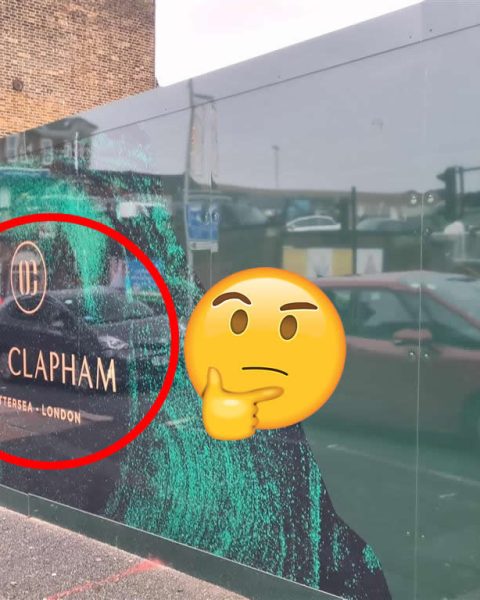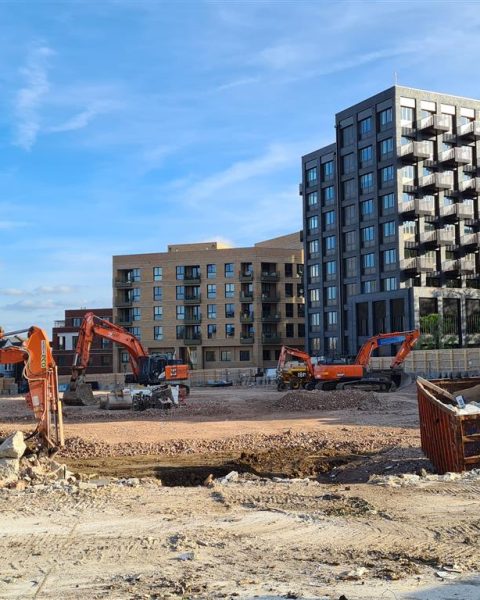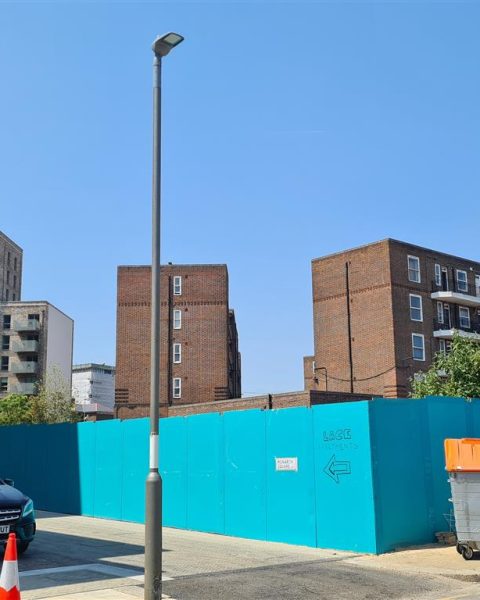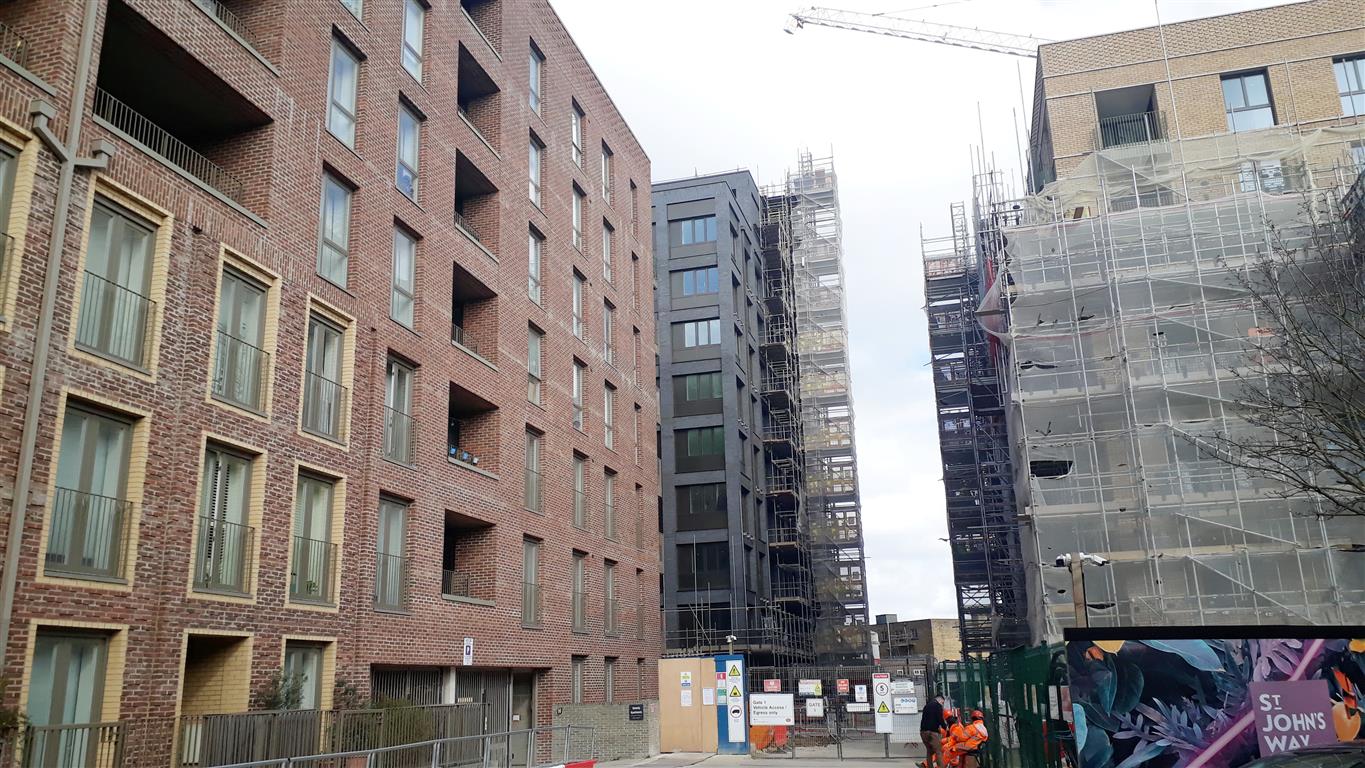Author: Cyril Richert
It as been confirmed on Tuesday that the Peabody’s redevelopment proposal will go before the Planning application Committee next week, on Wednesday 18th July.
The planning officer in charge of the dossier has ignored the objections of the community and given his blessing with a recommendation to the committee for approval! We will comment on his report as soon as it is available.
We urge everyone to attend the Planning Committee meeting on 18th July 2012.
Date: Wednesday 18 July 2012 – 7.30pm (we advise you to come earlier, possibly 7-7.15pm).
Venue: Room 123 – Wandsworth Borough Council, The Town Hall, Wandsworth High Street, London SW18 2PU (more details how to get there on the website).
So it is very important that you make the most efforts to attend the meeting: with the Council officer recommendation to approve, the members of the committee will have to discuss whether they agree or decide to reject, as 300 of us, including the Northcote ward councillors are asking them to do. Seeing the physical level of concern will undoubtedly have weight.
The Clapham Junction Action Group has sent a submission to all the members of the Committee on Wednesday 11th, so no-one can ignore the concerns of the community and the many reasons why this planning application must be rejected.
You can download here our submission (23 pages). I copy below the summary that we have also sent to the Committee members.
Clapham Junction Action Group
Report to the Planning Applications Committee on the Peabody Estate Proposals
The aim of this report is to ensure that the views of the community are properly represented. We have therefore conducted a detailed study, not only of Peabody’s proposals, but also of the some 300 (and still counting) “objection” letters from the public published on Wandsworth Council’s website. Among these, objections overwhelmingly outnumber messages of support.
Whilst Peabody has made some effort to organise a few exhibitions, meetings, and one newsletter, almost all of the objections raised by the community during the consultation period have been ignored. To disguise the impact of the redevelopment Peabody has employed wilfully misleading wide angle photography in its publicity material. This is specifically prohibited by Wandsworth.
EXECUTIVE SUMMARY OF CJAG’s SUBMISSION
CJAG is opposed to Peabody’s plans for the redevelopment of the estate, for the following reasons:
Appearance and Lack of Human Scale
- Scale and Massing: The proposed scheme will create a looming, architecturally anomalous presence, dominating and disfiguring the Clapham Junction neighbourhood in a way that the existing estate simply does not. Up to 12 storeys high, it will be completely out of kilter with surrounding 3-4 storey Victorian/Edwardian streets.
- The site is inappropriate for tall buildings: We consider that the 2011 boundary change in the DMPD, which included part of the estate in a “tall building zone”, was a deliberate attempt by Wandsworth to serve the developer’s needs, not the community’s. The Council should be absolutely independent and impartial at all times.
Community Impact
- Density: With 60% more flats and a 25% increase in the size of each flat, the population of the Peabody estate will very likely double. Unquestionably there will be a big increase in traffic around the estate and more stress on already stretched local services. The whole scale of the project needs to be reconsidered.
- Schools: The issue of school places (particularly at primary level) is of extreme concern to local people. Peabody has had nothing to say about it.
- Social housing: There will be an actual loss of 133 units. How can this possibly accord with Peabody’s traditional purpose? Out of 527 intended new flats on the estate, 307 (58%) will be built speculatively and commercially for private sale.
Loss of Amenity
- Site entrance: The proposed vehicle entrance/exit in Comyn Road is grossly misconceived. Comyn and its adjoining narrow streets are notorious for their lack of easy navigability now, never mind with hundreds of additional Peabody traffic movements in the future. An entrance/exit here has been chosen simply because its “downhill” location will save Peabody huge sums of money.
- Parking: Even with no local street resident parking permits issued to Peabody residents, a Comyn entrance will actively encourage Peabody drivers onto the tricky Comyn/Eckstein/Severus streets. Nothing will keep their cars, and their visitors’ cars, from being parked on Comyn/Eckstein/Severus after 6.30pm and on Sundays.
- Increase of Traffic: Peabody’s Transport Impact Study is badly flawed. Local residents have undertaken their own vehicle survey which shows the true scale of the already existing problem.
Disruption and Planning Blight
- Construction access and traffic: Comyn Road is also grotesquely unfit as a potential conduit for contractors’ vehicles during construction.. It is imperative that no vehicles connected with the demolition and construction on the site be routed via Comyn /Eckstein/Severus Roads. Utter chaos will ensue.
- Phasing of the Scheme: The level of disruption, atmospheric and noise pollution caused by the work, however well managed, will blight the entire neighbourhood, particularly for residents. How can a six year construction period conceivably be justified?
Environmental and Heritage Impact
- Loss of Trees: Although there will be green areas for each building in the new proposals, open space is actually reduced. Additionally, out of the current 50 mature trees (many taller than the current buildings), Peabody plans to retain 5.
- The Lodge and the Cottage: When Peabody first built the estate 80 years ago, it chose to preserve these two charming buildings out of historic and architectural interest. Now they are expendable. They are undoubtedly heritage assets and should be treated as such.
- Loss of daylight: The report shows regular loss of daylight of 40% (Eckstein road) and 50 to 60% for some properties in Comyn Road. It is ridiculous to contend that several tall towers blocks and a massive density increase on the estate would not have any significant impact on the neighbourhood.
Last but not least, we have been disappointed with Peabody’s attitude during the consultation process – dishonest in their presentations and dismissive of local people’s concerns. The Council has a responsibility to insure that the public’s views are properly addressed.
Conclusions
Although we support the idea of improving the current site, Peabody’s plans in their current form are over-ambitious, inappropriate, and profoundly damaging to the wider Clapham Junction neighbourhood and community. They should be rejected.

















